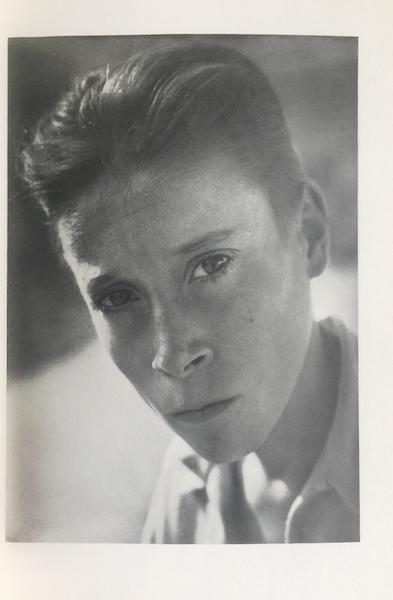
Description:
Photographer: Kálmán, Kata. Writers: Móricz, Zsigmond - Móricz, Virág - Boldizsár, Iván. "Tibor új arca". "The New Face Of Tiborc". Budapest, Művelt nép, 1955. Photo book. 20,6 x 29 cm. 79p. Hard cover, cloth binding. In Hungarian. With 34 full page black and white photography.
Kata Kálmán was a famous photographer in Hungary in the interwar period, member of the so-called 'socio-photo' movement. In 1937 she published her portraits about poor people of the countryside, with the title "Tiborc". (The name comes from a famous Hungarian drama, the "Bánk Bán"). This is a second version of the series: she went back to the same place and created new photographs about the same families in 1955. Between the two dates Europe was downtrodden by the Second World War.
Kálmán‘s portraits of impoverished agricultural labourers speak of the type of social commitment Americans have come to associate with Dorothea Lange. The difference is that Kálmán was closer to the left-wing movement than Lange. Kálmán‘s husband, Iván Hevesy, an important literary figure and the most prolific writer of his time on film and photography, participated in the Communist government’s cultural activities in 1919.Because of her husband’s position in the publishing world, Kálmán’s documentary prints had the greatest exposure among social documentary works in the years between the World Wars. Her description of lower class life was the most clearly made from a middle-class vantage. Her photographs of workers, Gypsy girls and the children of the poor, introduced the middle class audience to a segment of society who lived within their apartments as servants but about whom they knew little. The physical distance was hardly noticeable but socially they lived worlds apart.In the best tradition of social documentation of her time, Kálmán’s pictures are simple and concise. She believed that if she showed the reality of unequal distribution of wealth, no viewer would escape the conclusion at which she herself had arrived.The Factory Worker makes personal contact with the viewer. There is no escape from the drawn face. Kálmán indicted society for wasting human potential. (source: michaelhoppengallery.com)
You can find a book of Kata Kálmán's husband, Iván Hevesy, in our selection on this link.











